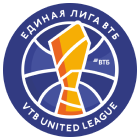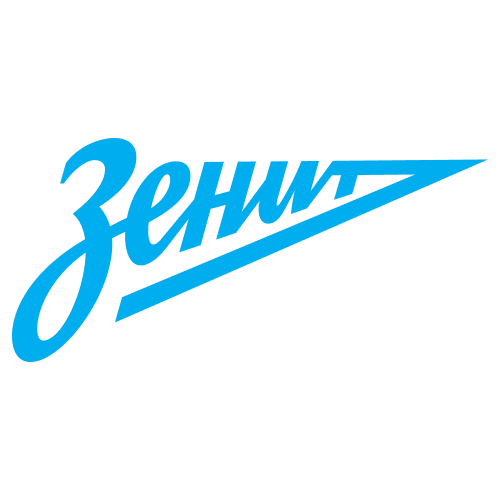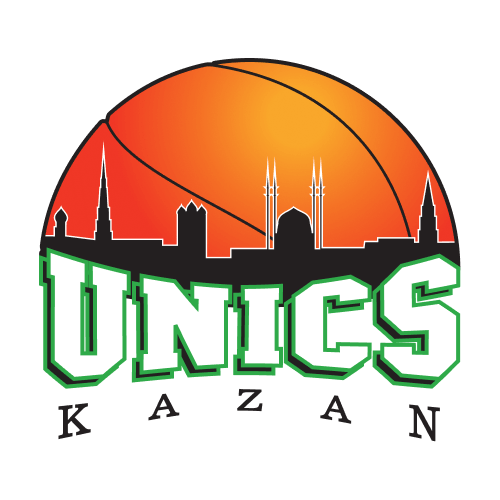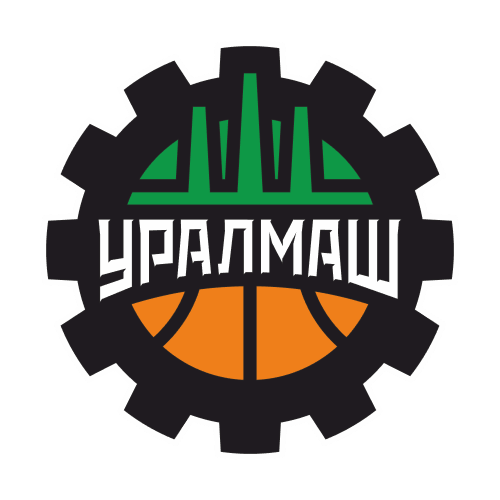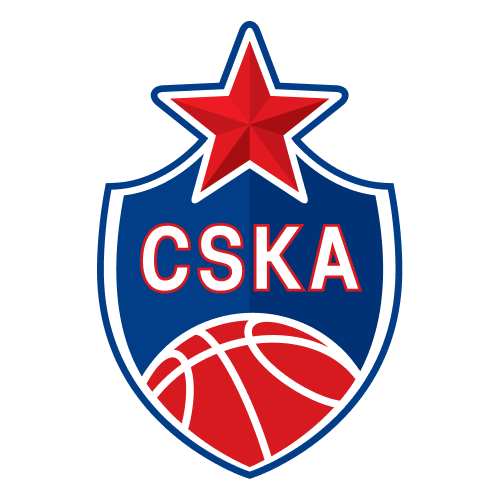During the break between the end of the regular season and the start of the playoffs, Dmitry Gerchikov looks back on the biggest events in the past seven months of competition.
Sunshine in St. Petersburg

No one questioned CSKA’s #1 status entering the season, but there was plenty of talk about who would finish 2nd. No matter how you spin it, Loko, Khimki and UNICS simply do not have a deep enough bench or a strong enough core to seriously threaten a revolution in Russian basketball.
But that always makes for an engaging race for 2nd place. Every season, the momentum shifts, depending on which team had the best offseason and built the toughest roster.
For years, Zenit has been seen as a team on the rise and graciously included in the field of contenders, even if many have doubted the club’s staying power. From the outside, there aren’t any superstars, the youngsters on the team are unproven and Zenit relies a little too much on its Russian talent, which is not the typical path taken by VTB League power teams…
But this season, Vasily Karasev’s squad has defiantly outgrown the experts’ modest expectations: from the impressive win over CSKA to a phenomenal finish. Over 15 consecutive games, the Blue-White-Sky Blues took care of business, overpowering some of the top teams in the League. As a result, St. Petersburg finished only one game behind the Army Men with a two-game gap on Khimki and Lokomotiv-Kuban. Meanwhile, Stefan Markovic and Sergey Karasev established themselves as prime candidates for the VTB United League’s Mt Rushmore.
Karasev vs. Shved

Speaking of Karasev, let’s dive into his on-court rivalry with a fellow member of the Russian national team. Karasev and Shved have been chasing the MVP all season, putting on a show almost every night for the fans.
Back from the NBA, they brought with them some of the magic you see swirling around the court in the world’s biggest league. Now they’re starting to change the mentality of the local crowds. For years, fans in the former Soviet Union have doubted the ability of a homegrown product to play at the level of an American star. Sure, LeBron and Kawhi may be on a different level, but both Shved and Karasev were respectable role players and scorers across the ocean. Best of all, they haven’t let up since returning, bringing a new level of excitement to the League.
The lights were bright when Karasev and Shved met face-to-face on the court. The duo combined for 64 points in St. Petersburg and 41 in Khimki as they looked to will their teams to victory. The fans were the biggest winners, witnessing two extremely well-played games from start to finish, making any future games between these stars must-see basketball.
Killer Keith

Several years ago, it seemed the VTB United League would never have another magician like Randy Culpepper. The American guard scored with such ease and freedom, you almost had to think his shooting accuracy and creative touch came from a microchip inside his head. Given the relative paucity of cyborgs like Culpepper plying the trade in Europe, the chances of one showing up in the VTB United League were slim.
But UNICS Kazan was able to achieve the impossible, securing a Terminator even more dangerous than the one at Krasny Oktyabr. Keith Langford has enjoyed a renaissance at age 33 and set out to conquer to Eastern Europe’s basketball territory since early fall. He set a new League scoring record, obliterating Tsmoki-Minsk with his step-backs, nearly established a new efficiency record (two shy of his own record set in 2009) and improved his scoring average to nearly rival the numbers put up by Culpepper. For a 33-year-old that many European experts had written off, Langford enjoyed a terrific season. If not for an injury that set him back in late winter, not to mention the wear and tear of carrying an undermanned UNICS roster, he might have enjoyed a campaign for the ages. As a result, a few heights remained unscaled, undermining an otherwise brilliant campaign.
A Few Pleasant Surprises

Before the start of the season, Astana and VEF were not picked by many to compete for a spot in the playoffs. Both clubs had to make significant budget cuts, forcing the front office to adjust its free-agent strategy and development philosophy. Both Astana and VEF anticipated the challenges ahead and, when pressed by the media, announced modest goals for 2016-17. With Nizhny, Avtodor and Tsmoki making big moves and promising to shock the world, VEF and Astana looked like the poor relatives who didn’t fit in at the party.
But by spring the ugly ducklings had transformed into stunning swans. Astana’s emphasis on discipline at both ends of the court, smart team defense, and faith in Miller and Lowery to lead the charge, even during slumps, paid off handsomely. Greek coach Papatheodorou’s philosophy worked like a charm.
As for VEF, Janis Gailitis was able to put together an attractive, offense-minded team, relying on a veteran core to rebound and set the tone. He also took a precise approach to the backcourt, using Abdul Gaddy to glue the defense together, while turning to Kristopher Richard for more offense. In the end, VEF displayed excellent organization and execution, surpassing even the boldest fan expectations. At the other end, many of the teams that made the most noise during the fall ultimately settled near the bottom of the standings.
Russian Disappointment

Let’s talk about Nizhny and Avtodor. For the most part, there’s no mystery surrounding Saratov. If the fans already have trouble remembering how many coaches have been in charge by mid-season, there’s probably no point talking about the reasons for failure. In terms of potential, however, Avtodor certainly could have done damage in the League, starting with 2017 VTB United League Scoring Champion Nick Minnerath. Overall, if you take into consideration the balance within the foreign contingent, the Russian potential and the competition within the League, Avtodor easily could have competed for 7th-8th place. To some extent, the team was worn done by competing on two fronts, both in the VTB League and FIBA. But when you remember that Nikolajs Mazurs was released after one game and seven different players were shown the door between October and February, Saratov’s sickness is not difficult to diagnose.
As for Nizhny, Arturs Stalbergs has some questions to answer. We’re used to the Black-Whites as an experimental base for preparing and developing young Russian talent. Coaches have always played a big role at the club and Sergey Panov always searches for bosses who will give the team a distinctive style. Evidently, naming the Latvian to succeed Ainars Bagatskis didn’t hit the mark. Throughout the season, we talked about DeAndre Kane’s big numbers, Ivan Strebkov’s maturation and Kenny Boynton’s heart, but rarely about the team. Stylistically, Nizhny struggled to find an identity (for example, see the 25-point loss to Tsmoki in the final game of the regular season). Don’t be surprised if the team undergoes a major transformation in the summer. With Zoran Lukic returning as sporting director–under whom Nizhny rose to the top tier of Russian basketball–this could be a time of transition for the club.
Carnival of Stars

What happened in Sochi in February will always remain in Russian basketball history. After all, the All-Star Weekend, which drew global attention, was a major test for the League. It’s one thing to promote an event of this magnitude and craft it in the style of the NBA. But executing on Russian soil, where many initiatives fail to gain traction and garner little interest, is something else entirely.
At the end of the day, however, organizers were successful on the very first try. Sure, there were a few hiccups and fans’ expectations at times may have been a little high, but that’s inevitable. Overall, based on the reactions of the media, fans and athletes themselves, the All-Star Game was a success and a hit with virtually everyone involved.
It’s also gratifying to hear that the All-Star Game will become a regular event. From year to year, expect the VTB League to improve on the entertainment and listen to what the fans want. As the party moves from city to city, it’s likely to win over a lot of new fans and create a new army of basketball fans undivided by age or status.
